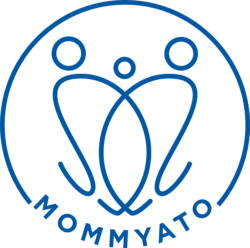Posted at 11:17h
in
Adoption,
Breastfeeding
November 18 is National Adoption Day, a time to celebrate the children and parents brought together by faith, hope and love.
As a non-biological mother, you may be wondering if it’s possible for you to breastfeed your adopted baby. The short answer is: Yes! Every woman’s body is different, but with education, support and dedication, producing breast milk to feed your adopted baby may be possible.
Posted at 09:32h
in
Breastfeeding,
Cancer
October is Breast Cancer Awareness month, a time to highlight the importance of breast cancer screening and prevention. Breast cancer is a difficult journey that affects many aspects of a woman's life, including motherhood. For mothers who are diagnosed with breast cancer while breastfeeding, the decision to continue breastfeeding can be complex and emotionally charged. You may also wonder if breastfeeding is possible after surviving breast cancer.
Human milk and infant formula have different “use by” and storage methods. Know the steps to safe preparation for your baby!
Whether you’re feeding breastmilk or formula to your little one, it’s important to follow safe cleaning and storing procedures. These basic food safety procedures will help prevent bacterial growth and illness in your infant.
Posted at 10:05h
in
Breastfeeding
August celebrates World Breastfeeding Week. Feeding your baby breastmilk, whether it is pumped or direct from your breast, is one of the many joys of motherhood. But, it often takes a little practice, as well as knowledge, to avoid trouble with common problems like clogged milk ducts. Let’s review 5 simple tips to prevent clogged milk ducts and ensure you and baby’s breastfeeding journey is without unnecessary obstacles!
Posted at 09:36h
in
Breastfeeding
Trying different breastfeeding positions can help resolve nipple pain, difficulties with latch, and promote more complete emptying of milk from the breast.
Last week was World Breastfeeding Week (August 1-7) with the World Alliance for Breastfeeding Action and a great time to review the top five breastfeeding positions for new and seasoned mothers. Each position has its strengths. So, whether you have large or small breasts or nipples, term or preterm baby, c section or vaginal birth, there is a position that is comfortable for you and your baby!
One of the most impactful places to promote and support breastfeeding, and therefore the health of mother and baby, is the mother’s workplace.
August 1st - August 7th is World Breastfeeding Week with the World Alliance for Breastfeeding Action. It’s well known that breastmilk is the preferred sustenance for babies. The research shows that its antiviral and antibacterial qualities help prevent and reduce the severity of illness and infections in infants, such as diarrhea, ear, respiratory and urinary infections. Breastfed babies also have less healthcare visits, prescriptions and hospitalizations!¹
25% of American women stop breastfeeding by 6 months because of nipple pain.²
You might be wondering what to expect the first few weeks of breastfeeding your newborn. For mothers who’ve already breastfed a baby, you may not experience much nipple tenderness. But, for first time mothers, nipple pain can cause quite a bit of discomfort the first weeks.
Posted at 10:43h
in
Breastfeeding
Feeding your baby colostrum in the first hour of life gives your baby the best start in life.²
If you’re a first time Mama or never breastfed your baby before, you may be wondering what colostrum is. And, why is it so amazing that it’s frequently called “Liquid Gold?”
Colostrum is a liquid that comes from the nipples right after giving birth. It can range from watery to thick, from clear to yellow to white in color. When your milk comes in around day 3 or 4 after birth, colostrum is still present in the milk for weeks afterward.
If you’re planning on breastfeeding, it’s important to understand the direct link between your baby’s health and your diet. Just like during pregnancy, what you consume will be passed on to your baby. Many new moms are aware of this, but aren’t sure what foods to avoid while they're breastfeeding. This article will help you understand what foods could be a risk to your baby.
Effective, frequent nursing speeds the recovery of clogged milk ducts and mastitis. The antibacterial qualities of breastmilk prevent the baby from getting an infection related to an inflamed or infected breast.
The first week of August is World Alliance for Breastfeeding Action (WABA) week, which brings awareness to the protection, support and benefits of breastfeeding. In honor of this agenda, it’s important to dig into the challenges of breastfeeding, specifically mastitis.
Mastitis is one of the most common problems related to breastfeeding. It usually begins with a clogged milk duct that leads to inflammation of the breast tissue and sometimes an infection of the breast.









